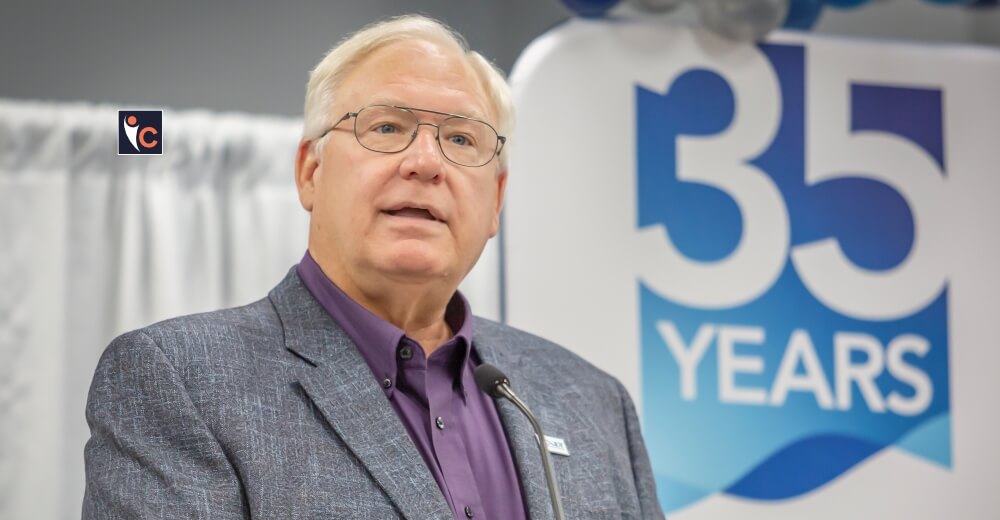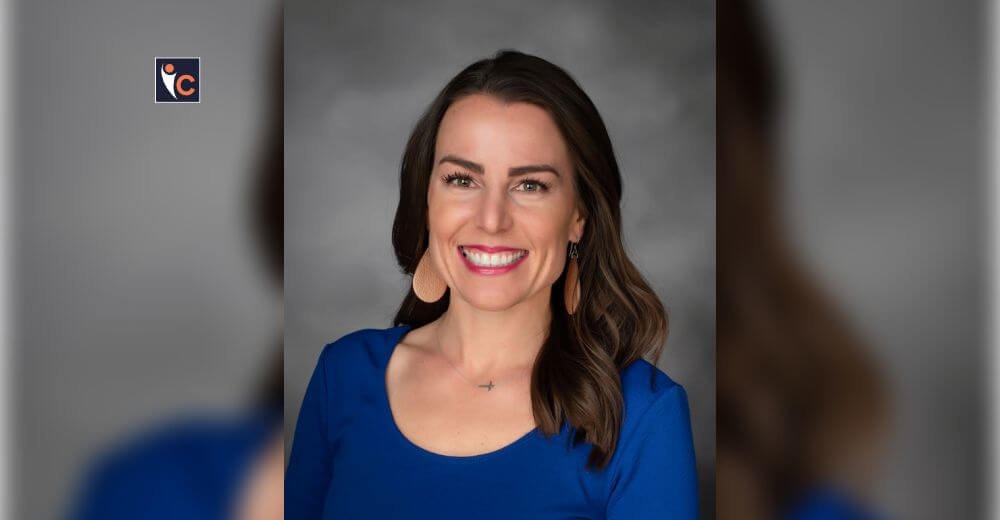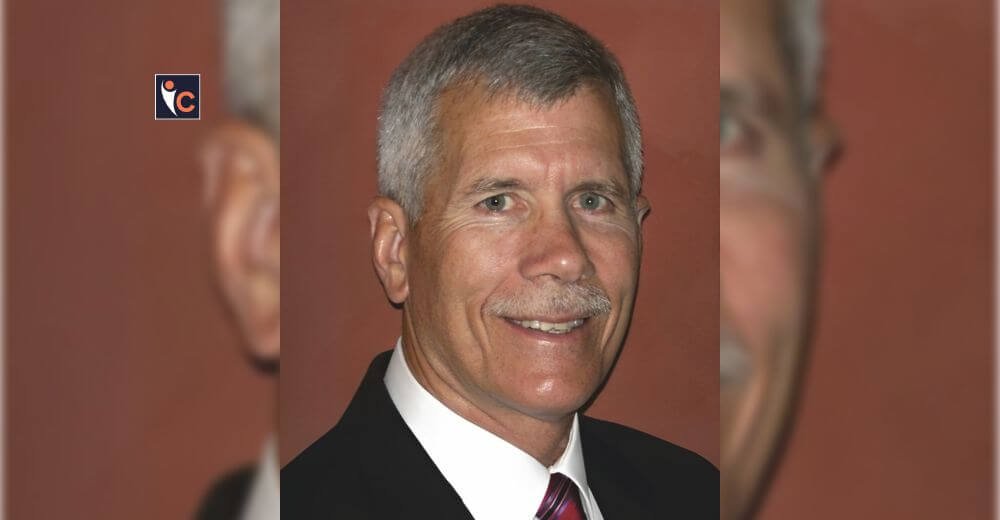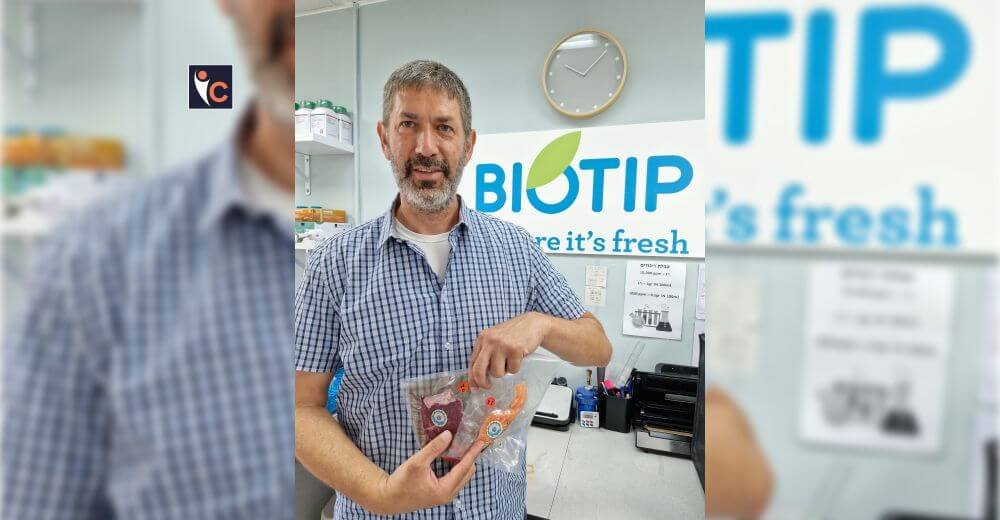“I had to do this.” These words capture the essence of the drive and passion that have ignited Dr. Mark Behlke’s illustrious career. As the Chief Scientific Officer at Integrated DNA Technologies, Dr. Behlke has been a pioneering force in the fields of genomics and molecular biology. His journey from a deep interest in biological sciences to leading a global leader in synthetic nucleic acids is marked by significant contributions to medical research and biotechnology. His leadership has transformed the nucleic acid research sector, pushing the limits of diagnostics and therapeutics.
Let’s dive into the interview details below!
What inspired you to pursue a career in scientific research, and how did you transition into the role of chief scientific officer?
Early in life, I developed a deep interest in the biological sciences. When molecular biology emerged as a discipline in the mid-70s, I knew “I had to do this.” I studied biology at MIT, learning under esteemed professors like Vernon Ingram, Phil Sharp, and David Baltimore. This sparked an interest in medical research, leading me to enroll in the MD/PhD program at Washington University. There, I studied T-cell receptor genes in Dennis Loh’s lab, followed by internal medicine and endocrinology at Brigham and Women’s Hospital, and human sex genetics at the Whitehead Institute under David Page.
I then met Joe Walder, who had founded Integrated DNA Technologies (IDT) with a vision that synthetic nucleic acids (oligos) would revolutionize medical research, diagnostics, and therapeutics. Once again, I felt, “I had to do this,” so I transitioned from academia to industry, focusing on nucleic acid biotechnology. This unexpected path led to a 30-year career at IDT, involving work in DNA thermodynamics, PCR, chemistry, synthetic biology, next-generation DNA sequencing, and functional genomics (antisense, RNAi, and CRISPR genome editing). As technology evolved, so did our research focus. With IDT growing from 30 to 2,300 associates, my role expanded from research director to VP of R&D to CSO.
Can you describe a typical day in your role as CSO at Integrated DNA Technologies? What are your main responsibilities and challenges?
My day-to-day has evolved dramatically as IDT has grown. Twenty years ago, my role was primarily directing our R&D groups working in areas of basic science and new product development relevant to a nucleic acid synthesis biotech company. It was like being the PI of an academic lab, but without having to write grants! But as IDT grew and R&D expanded from 20 to more than 100 scientists, my role morphed more into executive management and budgets as VP of R&D.
Today, as CSO, I focus on technology evaluation and strategic projection, and regularly connect with customer KOLs around the world to gain insight into current trends and champion further technology development and collaborations with a specific focus on diagnostic and therapeutic applications.
Throughout your career, what do you consider to be your most significant scientific achievement or contribution to the field?
Throughout my career, my contributions have varied with each stage. My first first-author paper elucidated the repertoire of genes encoding human T-cell receptor variable regions (Science, 229:566, 1985), a significant contribution to cellular immunity 40 years ago. Today, IDT scientists apply CRISPR technology to edit these genes for CAR-T cell generation. Later, I led the development of a mutant Sp Cas9 nuclease with improved specificity, crucial for CRISPR genome editing in human therapeutics, demonstrated in a preclinical sickle cell model (Nature Medicine, 24:1216, 2018). Over my nearly 30-year career in oligonucleotide research, I’ve been an inventor on 75+ US patents, authored 150+ papers, and achieved an h-index of 75, with 20,000+ citations.
How do you foster innovation within your team and company? Can you share an example of a successful innovation strategy you have implemented?
Whether a scientist works in academia or in industry, it is critical to remain open-minded and think big picture while also performing daily work with enough focus to accomplish goals. It’s important for scientists to nurture a small side project or two to try creative ideas of interest to them so long as it doesn’t impede progress on their primary project. I like to call these projects “the sandbox,” where creative minds get time to play. The sandbox projects are discussed in lab meetings to help clarify ideas and gain input from additional minds. My top-level rule was “fail early and fail often,” with the understanding that if most of your ideas work then you really are not being creative. You must become comfortable with ideas that fail, both to learn from what failed as well as to keep marching forward to find what eventually does work.
In your opinion, what are the most exciting developments or trends in the field of genomics and molecular biology right now?
My career has spanned basic science, applied science, and medicine. For many years, we looked at the huge spectrum of human genetic diseases as being untreatable, or at best poorly treatable. Today, we have the diagnostic tools of NGS to delineate the precise DNA sequence in individuals that underlie many of these genetic disorders. Combined with the genomics medicine tools of antisense, RNA interference, and CRISPR genome editing, new paths are emerging to treat diseases previously deemed untreatable. While much work remains to be done, we are at the cusp of a revolution in our ability to treat genetic diseases.
How do you balance the need for scientific rigor with the pressure to deliver commercial results in a corporate environment?
In corporate R&D, sometimes we do not have the time or resources to pursue the basic “R” (research) to fully define and understand all the systems we exploit in new product development (“D”). At the end of the day, however, we have to “be right,” i.e., be certain that products function properly to meet the needs of our customers. To ensure this, we frequently spend far more time on doing repeat studies using our systems in different settings and in V&V (verification and validation) than is done in an academic setting. There exists a complementary symbiosis between the basic understandings defined in academic labs with the practical implementation of new technologies in industrial R&D.
What advice would you give to young scientists who aspire to leadership roles in the biotech industry?
Never lose sight of the science that you love! Focus on your science, what is new and novel, and what is exciting. Focus on doing what has never been done before. If you stop having fun it is time to move on.
Looking ahead, what do you see as the biggest challenges and opportunities for companies in the genomics and molecular biology space?
While there are exciting developments in new methods to treat genetic diseases, we must find ways to implement these technologies/methods/therapeutics in affordable, available, and sustainable ways. Economies of scale may help, but the technologies themselves must evolve as well as our regulatory approach to oversee this development.
Read More: Click Here










